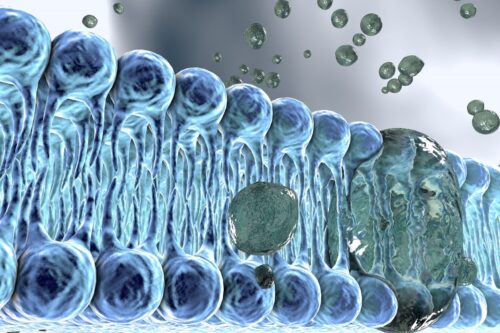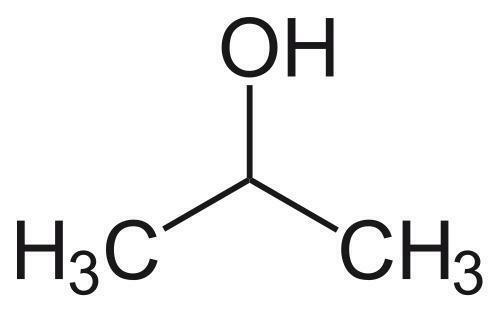Fullerenols (polyhydroxylated fullerene C60) are nanomaterial with potentially broad applicability in biomedical sciences with high antioxidant ability, thus, we investigated the radioprotecting potential of fullerenol C60(OH)36#nbsp;on human erythrocytes irradiated by high-energy electrons of 6 MeV. The results demonstrate that C60(OH)36#nbsp;at concentration of 150 μg/mL protects the erythrocytes against the radiation-induced hemolysis (comparing to non-protected cells, we observed 30% and 39% protection for 0.65 and 1.3 kGy irradiation doses, respectively). The protecting effect was confirmed by 32% decreased release of potassium cations comparing to the cells irradiated without C60(OH)36. Measurements of the amount of lactate dehydrogenase (LDH) released from the irradiated erythrocytes showed that the size of the pores formed by irradiation was not sufficient to release LDH across the erythrocyte membranes. We also report a significant decrease of the affinity of acetylcholinesterase (AChE) for the substrate in the presence of fullerenol, indicating the relatively strong adsorption of C60(OH)36#nbsp;to components of plasma membrane. Changes in membrane fluidity detected by fluorescence spectroscopy and conformational changes in membrane proteins detected by spin labeling suggest the dose-dependent formation of disulfide groups as an effect of oxidation and this process was inhibited by C60(OH)36.#nbsp;We suppose that scavenging the ROS as well as adsorption of fullerenol to membrane proteins and steric protection of -SH groups against oxidation are responsible for the observed effects.
Related researches 71 articles




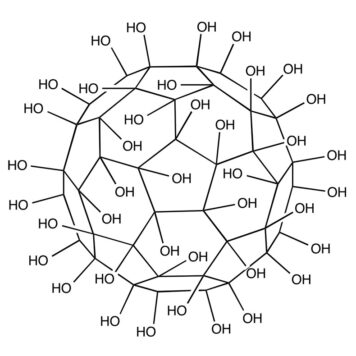




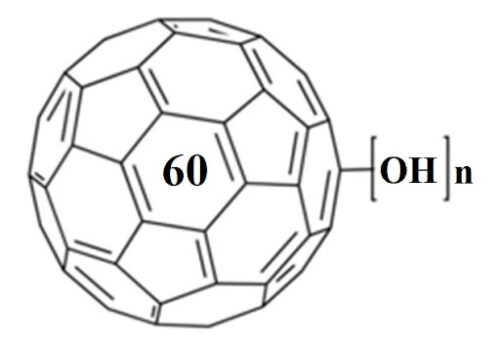

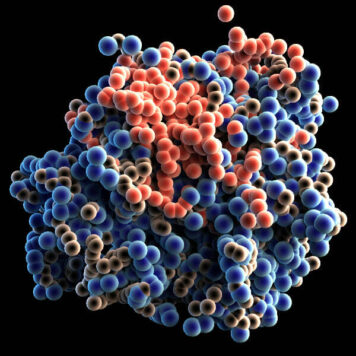


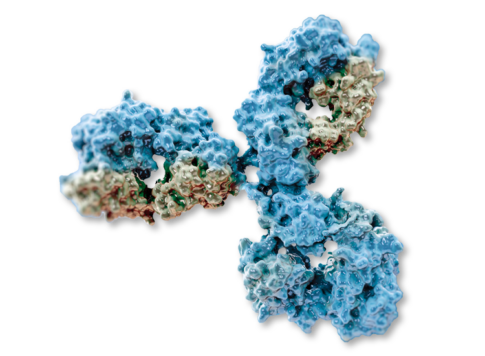




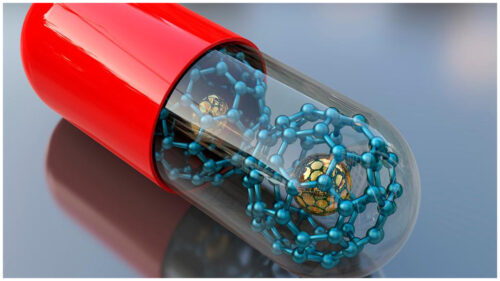




![Inhalable gadofullerenol/[70] fullerenol as high-efficiency ROS scavengers for pulmonary fibrosis therapy](https://biofullerene.com/wp-content/uploads/2022/12/istockphoto-12925559-440x356.jpg)







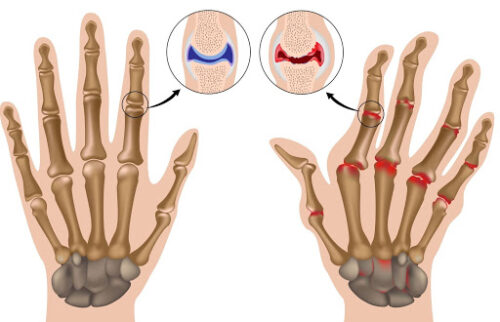
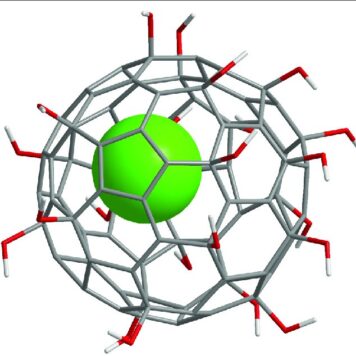

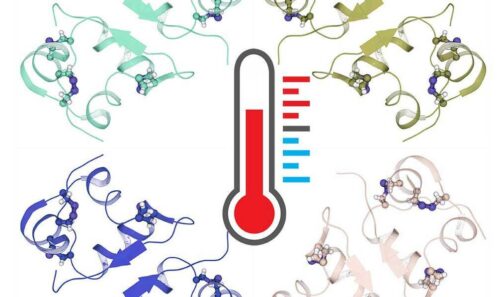

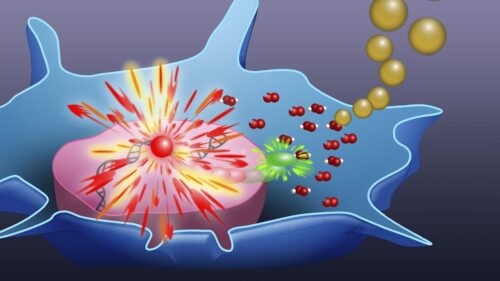







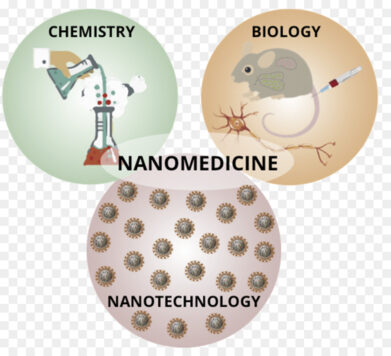



![Palladium-Catalyzed Reaction of [60]Fullerene with Aroyl Compounds via Enolate-Mediated sp 2 C-H Bond Activation and Hydroxylation](https://biofullerene.com/wp-content/uploads/2022/12/2978543-356x356.png)




